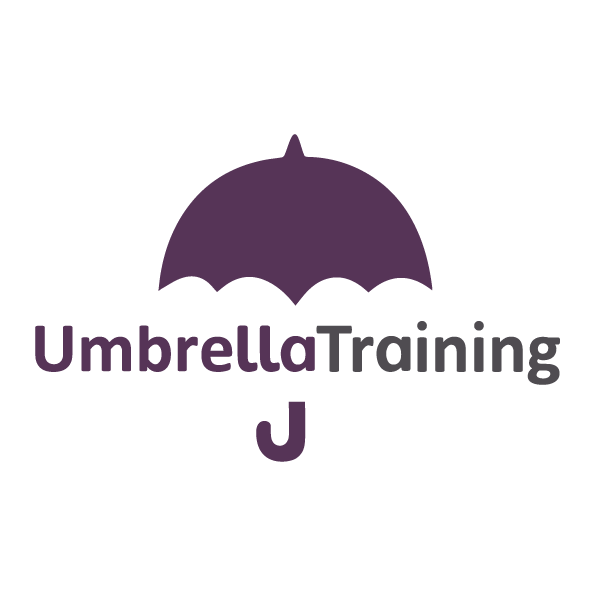Quality achievement rates create inequalities by design
QARs are a blunt tool for measuring provider quality and must be part of a wider and more accurate system of accountability
Despite high drop-out rates across many sectors, it’s universally acknowledged that the goal of any apprenticeship is for a learner to complete their programme successfully and attain the qualification they set out to achieve. However, quality achievement rates (QARs) are of themselves a blunt tool to assess the provider’s role in that process, whether it is successful or not.
The recent release of the 2022/23 apprenticeship qualification achievement rates (QAR) data has highlighted significant disparities, particularly within the service sector. This raises concerns about the sector, but it raises just as many about whether the accountability system truly reflects the realities of apprenticeship delivery.
QARs are crucial for gauging apprenticeship program performance, but it’s essential to recognise that while they serve as a performance metric for education providers, they should not be the sole measure. The Apprenticeship Accountability Framework offers a more comprehensive evaluation by considering additional factors such as sector comparisons, as well as employer and apprentice feedback.
It’s true that the application of QARs in sectors like hospitality and retail reveals inherent inequalities. But the high turnover rates and the part-time, flexible nature of jobs mean that QARs do not accurately measure either the inherent nature of work in these sectors or the quality of training that takes place.
Apprentices often encounter unique challenges, including a highly competitive working environment, irregular working hours and the need to balance work with other commitments. These factors directly impact on completion rates. Recognising partial achievement would be a better indicator of apprenticeship achievement, and therefore provider performance.
Moreover, the current individualised learner records (ILR) destination codes and stagnant funding bands since 2017 do not align with the realities of apprentices’ journeys. The hospitality sector in particular faces a higher likelihood of businesses going into receivership, and SMEs are experiencing increased redundancies due to external pressures like the cost-of-living crisis. These factors underscore the importance of updating destination codes to better reflect the outcomes of apprenticeships.
QAR should not be given such precedence in assessing training quality
Furthermore, it’s crucial to understand that an apprentice leaving their apprenticeship early may not inherently reflect the quality of training provided. The QAR measuring tool may imply that leaving early is negative, but there are numerous reasons why an apprentice might not complete their programme that are completely unrelated to the quality of the training that has been received – some of which are positive.
These can include personal circumstances and career changes but just as often they can be the result of a promotion or other early employment opportunities. These positive reasons for leaving an apprenticeship early are often directly attributable to the skills that the apprentice has gained or demonstrated in the course of their apprenticeship. They may also reflect employers’ keenness to ‘lock in’ talent when they see it.
What this means is that the QAR should not be given such precedence when looking at measures of training quality, and therefore the performance of a training provider.
The consistent and deliberate under-spending of the apprenticeship levy by government has restricted the ability of the sector to invest in innovative ways to deliver training. Coupled with no general funding increase across most funding bands for apprenticeships we now see severe financial challenges for training providers, especially where specialised training facilities and infrastructure are required.
In addition to not funding apprenticeship delivery adequately, the system also leaves large levy-paying employers contributing to a scheme that may not adequately fund the apprenticeships in sectors with specific needs.
So while QARs are a valuable tool for assessing apprenticeship programs, there needs to be a far more nuanced approach to holding providers accountable for their part in the process. And at the heart of any new approach must be consideration of the unique circumstances of each sector. This applies to hospitality and retail, but we know it applies to others too.
To begin with, policymakers must address the limitations of current funding structures and review destination codes. Doing so will be a crucial first step towards providing a fair and accurate representation of apprenticeship quality and outcomes.
Written by Adele Oxberry, CEO and fonder Umbrella Training - for FE Week.

